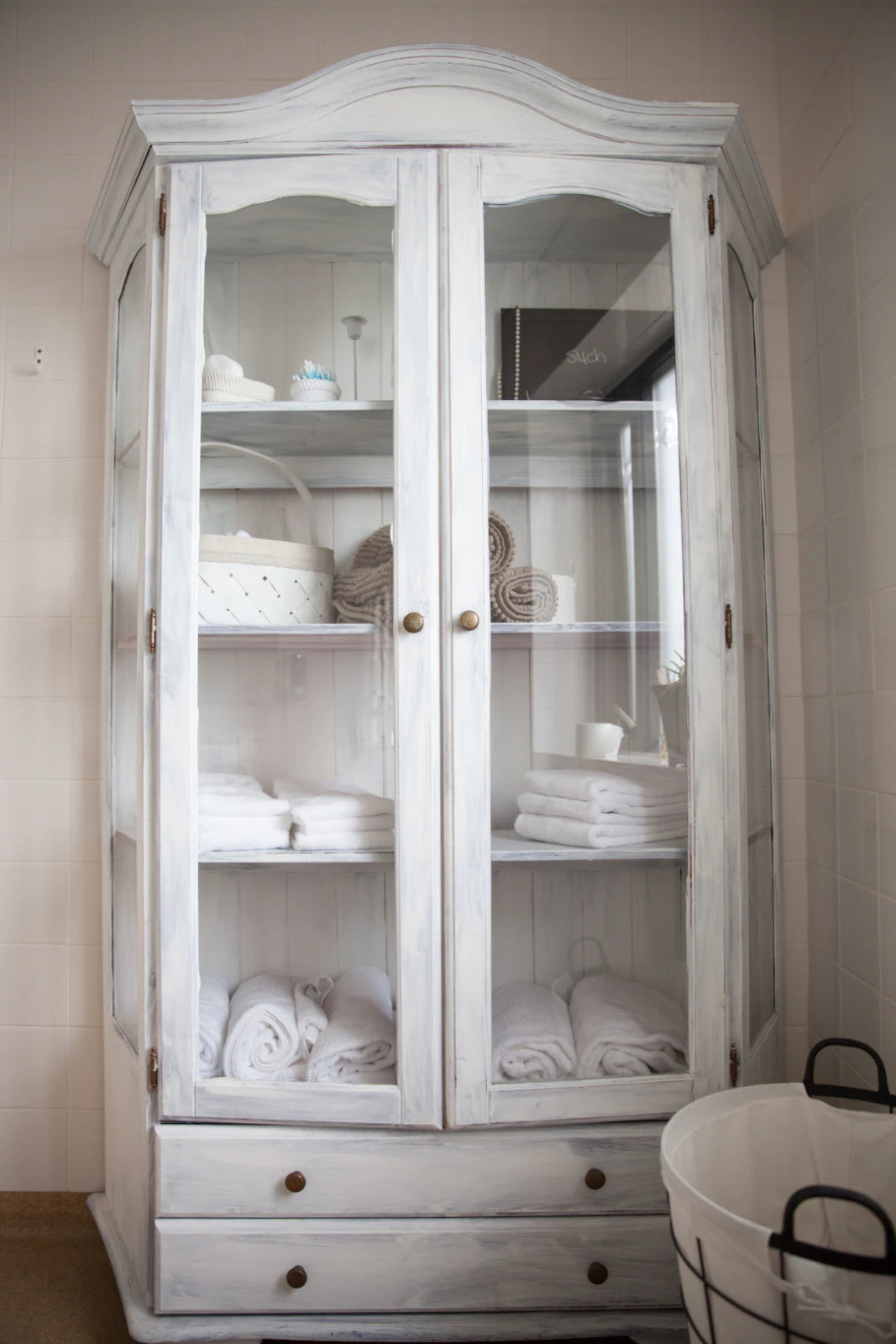Frequently Asked Questions
1. Why is cleaning furniture important?
2. What are the different types of furniture materials?
3. How often should I dust my furniture?
4. What should I avoid when cleaning metal furniture?
5. What are some best practices for furniture care?
Cleaning your furniture is an essential part of maintaining its beauty and longevity. However, not all cleaning methods are safe for all materials. In this post, we will share practical tips for preserving your furniture while ensuring it stays clean and welcoming for years to come.
Understanding Different Furniture Materials
Before diving into cleaning tips, it's vital to understand that different materials require different care. The various types of furniture materials include:
- Wood: Classic and timeless, wood furniture can be sensitive to moisture and harsh chemicals.
- Upholstery: Sofas and chairs often feature fabric coverings that may stain or wear if not cleaned correctly.
- Metal: Usually durable, metal materials can rust or tarnish if exposed to moisture over time.
- Glass: Elegant and modern, glass can be easily scratched or smudged.
Understanding the materials in your furniture helps to tailor your cleaning methods effectively, thus preserving their quality.
General Cleaning Principles
Regardless of material, there are foundational principles for cleaning good furniture without causing damage:
Frequent Dusting
Dust accumulation can dull your furniture’s appearance and may even scratch surfaces if not addressed regularly. Use a soft, lint-free cloth for dusting. Aim to dust at least once a week, especially in high-traffic areas.
Sweeping and Vacuuming
For upholstered furniture, sweeping or vacuuming helps remove loose debris and dirt. Use low suction attachments to avoid damaging delicate fabrics. Sweeping wooden surfaces also helps eliminate grit that could cause scratches when cleaning.
Avoid Harsh Chemicals
Steer clear of abrasive cleaners and harsh chemicals that can strip finishes or damage materials. Opt for natural cleaning alternatives, which can be less harmful but still effective. Always test any cleaning solution on an inconspicuous area first.
Specific Tips for Different Furniture Types
Protecting Wooden Furniture
Wooden furniture exudes timeless charm, but it requires particular care:
- Use Coasters: Always use coasters or placemats to prevent ring stains from drinks or heat from dishes.
- Apply Furniture Polish Sparingly: Use polishing agents that are specially formulated for wood. A light application is sufficient to maintain shine.
- Liquid Spills: Wipe spills immediately with a soft cloth to prevent warping or discoloration.
Taking Care of Upholstery
Upholstered furnishings are often the most prone to stains:
- Immediate Action on Spills: Blot, don’t rub! Rubbing a stain can push it deeper into the fabric.
- Use the Right Cleaning Method: Check the care label on fabrics before cleaning. Some may be machine washable, while others require professional care.
- Rotate Cushions: Regularly rotate cushions on sofas and chairs to ensure even wear.
Maintaining Metal Furniture
Metal furniture offers a sleek finish but can tarnish:
- Regular Cleaning: Use a damp cloth for regular dusting. A soft-bristle brush can help remove any stuck particles.
- Chemicals: Avoid bleach and ammonia-based cleaners. Use warm, soapy water for cleaning.
- Rinse and Dry: Always rinse thoroughly and dry to avoid rust formation.
Cleaning Glass Furniture
Glass surfaces are beautiful but can be easily scratched:
- Microfiber Cloths: Use a microfiber cloth to prevent scratching when wiping down.
- Avoid Ammonia Products: Instead of ammonia-based cleaners, opt for a solution of vinegar and water for clarity and shine.
- Always Dry Thoroughly: Prevent streaks and promote clarity by drying glass surfaces completely after cleaning.
Seasonal Deep Cleaning
While regular maintenance is crucial, a deeper clean a few times a year can significantly enhance your furniture’s condition:
Spring Cleaning
During your spring cleaning efforts, consider a thorough inspection of all your furniture:
- Assess for Damage: Check for scratches, stains, or any other signs of wear to determine if repairs are needed.
- Reapply Finish or Wax: A good wax or finish revitalizes worn wooden surfaces, extending their life and attractiveness.
- Fabric Refresh: Steam clean or shampoo upholstery to eliminate deep-seated dirt and allergens.
Fall Prep
Preparing your furniture for the colder months can prevent damage from humidity changes:
- Protect from Dry Air: Use humidifiers to maintain moisture in the air to protect wooden furniture.
- Cover Your Furniture: Use breathable covers for upholstered and wooden furniture to shield them from dust and debris.
- Check for Pests: Inspect for potential pests such as wood-boring insects, especially in the fall when they can seek shelter indoors.
Furniture Care Best Practices
In addition to the cleaning methods discussed, incorporating some best practices will ensure your furniture remains in great shape:
Positioning & Location
The placement of your furniture significantly impacts its longevity:
- Avoid Direct Sunlight: Exposure to sun can fade colors and weaken materials over time. Use curtains or blinds to protect from harsh sunlight.
- Maintain Adequate Airflow: Ensure ventilation to prevent mildew or musty smells, especially in upholstered pieces.
- Protect Against Heat Sources: Keep furniture away from vents, radiators, and fireplaces to avoid warping and drying.
Regular Inspections
Frequent assessments of furniture can catch issues early before they escalate:
- Check Joints and Connections: Tighten screws and joints to maintain stability, particularly for older furniture.
- Inspect for Wear: Early detection of scratches or stains can prevent significant damage.
- Clean Beneath Furniture: Don’t forget areas underneath furniture where dirt and dust can accumulate.
Your Furniture Deserves Care
Preserving your furniture while cleaning doesn’t have to be cumbersome. By understanding different materials, employing gentle cleaning methods, and following best practices, you can maintain the beauty and functionality of your furniture for years to come. Remember, your furniture is an investment in your home, and it deserves special attention. So roll up your sleeves and get to work, the results will undoubtedly speak for themselves!


Share:
Decoding Cleaning Product Labels: A Smart Shopper's Guide
Transform Your Space: Lifelong Household Cleaning Habits